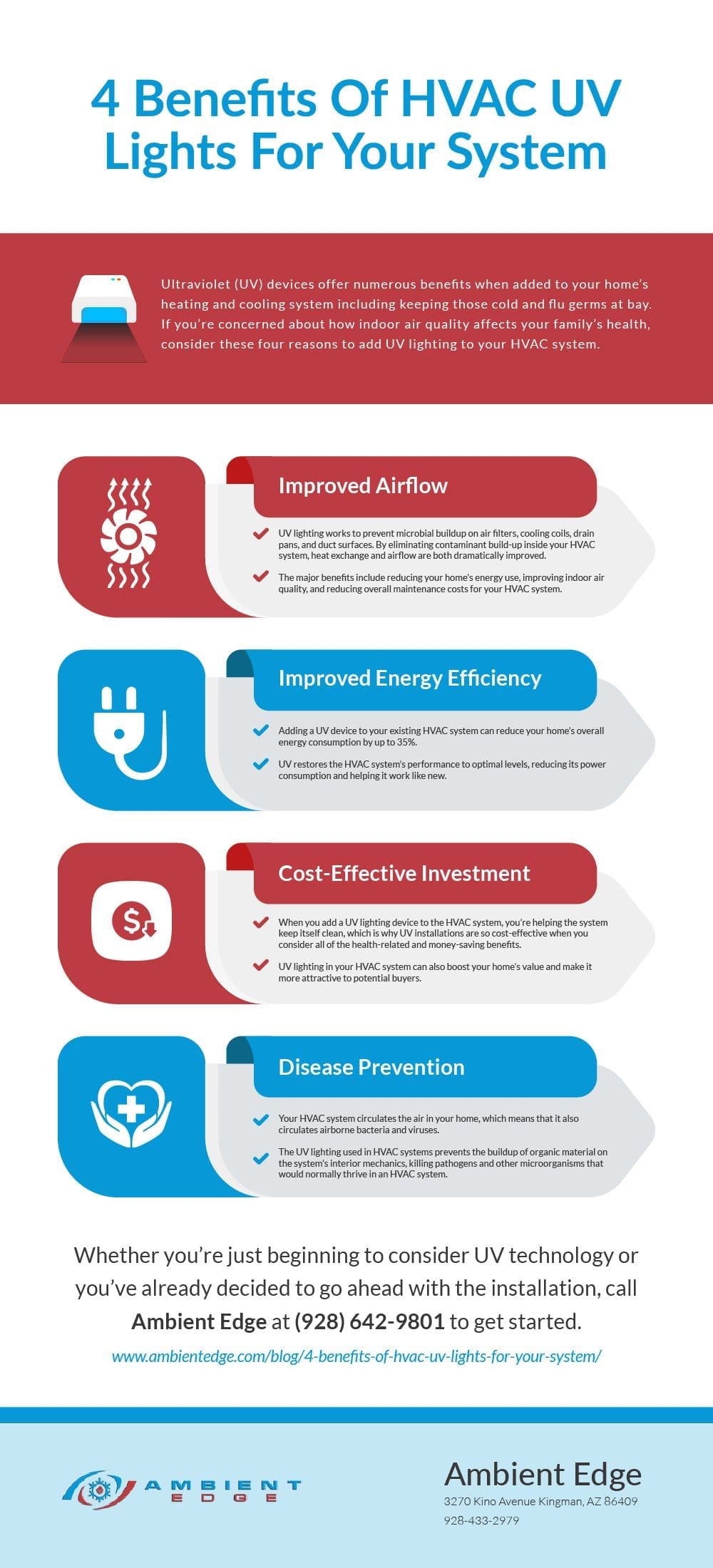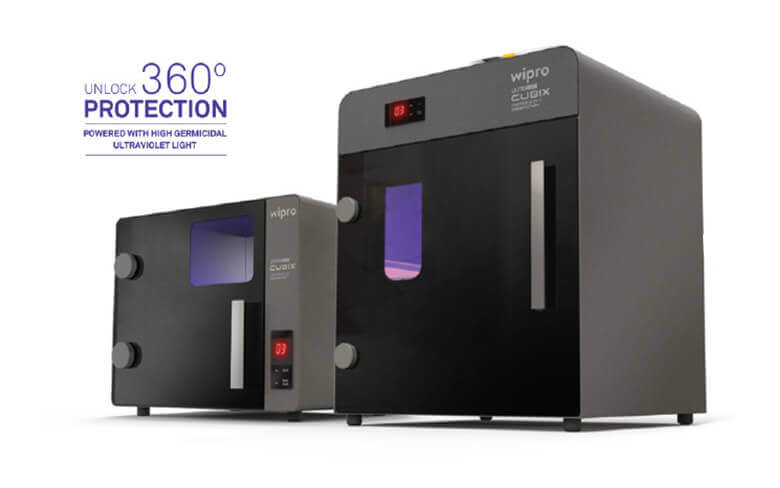Uvc Light Things To Know Before You Buy
Table of ContentsThe Buzz on Uvc LightExcitement About Uvc LightAll About Uvc LightThe smart Trick of Uvc Light That Nobody is DiscussingThe Ultimate Guide To Uvc LightSome Ideas on Uvc Light You Need To Know
A brand-new sort of ultraviolet light that might be secure for people took less than five minutes to minimize the degree of indoor air-borne microorganisms by more than 98%, a joint research by scientists at Columbia College Vagelos University of Physicians and Surgeons and in the U.K. has actually discovered. Even as microbes remained to be sprayed into the room, the degree continued to be really low as long as the lights got on.Till now these studies had actually just been carried out in small experimental chambers, not in full-sized spaces mimicking real-world conditions. In the existing research, researchers at the University of St. Andrews, College of Dundee, University of Leeds, and Columbia College tested the efficiency of far-UVC light in a huge room-sized chamber with the same ventilation rate as a regular office or home (about 3 air modifications per hour).
The efficiency of various techniques to reducing indoor virus degrees is usually measured in regards to equal air modifications per hour. In this study, far-UVC lamps generated the matching of 184 equivalent air exchanges per hour. This goes beyond any various other technique to sanitizing busy interior rooms, where five to 20 equivalent air changes per hour is the very best that can be accomplished virtually.
Indicators on Uvc Light You Need To Know

The main specifications of UV-C disinfection are wavelength, dose, family member moisture, and temperature level. There is no agreement about their optimal worths, but, generally, light at a high dose and a spectrum of wavelengths containing 260 nm is preferred in an environment at space temperature with reduced relative humidity. This light can be created by mercury-vapour, light-emitting diode (LED), pulsed-xenon, or excimer lamps.
UV-C sanitation systems have promising functions and the possible to boost in the future. UV-C sanitation should currently be taken into consideration for low-level rather than high-level disinfection.
Another application developed in 1910 when UV light was used to disinfect water. However, the modern technology was not very dependable at the time and it took better technical advancements prior to UV water sanitation came to be preferred again in the 1950s [ 2] Nowadays, UV light is utilized for water, air, food, surface area, and medical equipment sanitation.
The Only Guide for Uvc Light
DNA, RNA, or proteins of a micro-organism soak up UV light, with a peak absorbance around 260 nm [6] This leads to the disturbance of DNA or RNA, resulting in the inactivation of the micro-organism. UV-C-induced DNA disturbance typically consists great site of the bonding of two neighbouring thymine (or cytosine) bases rather than the standard connecting of a base with its complementary base upon the various other strand.

Dark repair, on the various other hand, calls for numerous enzymes and nutrients for power [6] It is necessary to recognize whether last inactivation outcomes have taken right into account the occurrence of resurgence because it might result in 60% of the achieved inactivation being turned around [7] In addition, mutations can emerge upon UV-C direct exposure considering that this direct exposure can result in the origination of intra-strand cyclobutyl-pyrimidine dimers in DNA [ 6] The UV-C zone is used for sanitation however there is no agreement on the specific optimal wavelength. Light at 260 nm can create the most disruption. Various micro-organisms are most at risk to a little various wavelengths.
The 2-Minute Rule for Uvc Light
It even has an extra advantage by lowering photoreactivation via a reduction of photolyase [9] On the various other hand, it has technical ramifications since the overall energy of the light beam of light is then split over all existing wavelengths. A micro-organism that is at risk to 254 nm light will certainly be suspended more by a light that discharges solely light at 254 nm than a light that produces a wavelength right here range at equivalent overall power.
Direct exposure times of 1045 minutes for room sanitation and 25 s to 5 min for medical equipment were encountered in literature. The strength is vice versa symmetrical to the squared distance in between the light source and the surface area and is therefore specified at the surface in the dosage estimation formula [14]
Further, the output of a light lowers over time, so it is suggested to calculate the dosage at the end of light life, which is agent of a worst-case scenario. The dosage additionally influences the amount of photoreactivation.
Zhang et al. observed a change in UV irradiance of 34% when the RH boosted from 50% to 90% [18] The quantity of RH impact on UV efficiency depends upon the existing micro-organism and is much more noticeable for germs than for viruses [16] The influence of blog here temperature depends on the light resource.
The Of Uvc Light


This is recognized as far UV-C technology and is a relatively new disinfection approach with restricted understanding regarding its efficiency.
In study, the outcomes on pulsed versus continuous UV-C sanitation effectiveness vary. When contrasting pulsed and constant light it is important to keep various other variables such as wavelength and dosage consistent.
The Basic Principles Of Uvc Light
In instance ozone is not needed for disinfection, a changed lamp can be made use of. For mercury-vapour lamps, drugged quartz glass or specialized soft glass can filter out short-wave UV-C light - uvc light.